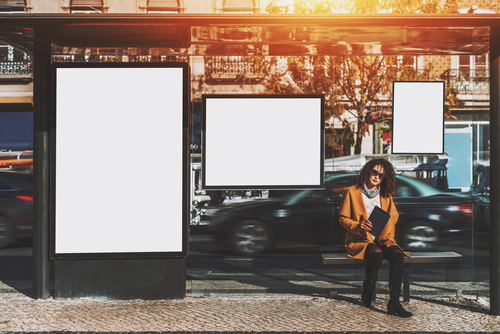Testing is key for outdoor digital sigange
As kiosks and digital signage displays continue to transition from indoor to outdoor, hurdles emerge that need to be addressed before units can be installed without risking the need for a replacement due to insufficient or unreliable performance. A high bright commercial display cannot be used in an outdoor application without first understanding what environment the display can work in and what needs to be done in order to maintain the life of the display. All commercial displays are not made equal.
There have been several attempts to make a kiosk or an enclosure protect a digital display, and in many cases these attempts have succeeded. But there have been many others that have failed. The failures are, without question, outdoor applications where the designer did not fully understand the limitations of the display and what needed to be done in order to help that display survive in harsh environments.
Designers must understand how hot the inside of the kiosk or display housing will get under direct solar load versus the highest operating temperature of the display. Heat will quickly cause degradation to the LEDs and liquid crystal, which will cause them to fail. Another factor is extreme cold. If a digital display will be turned off at night, will it turn back on in the morning? The liquid crystals will freeze and, depending on what commercial display is being used, cause the display not to turn back on.
Glass bonding versus air gaps
Another factor to test is glass bonding versus air gaps between the display and the back of the glass. Many designers prefer to create an air gap between the back of the glass and the display face, allowing airflow to cool the front of the display. This design will work in drier climates, but it won’t work well in high humidity environments when using heat exhaust fans.
Introducing ambient air under high humidity will cause condensation buildup between the back of the glass and the display. This is also known as a greenhouse effect. In these conditions, glass bonding is recommended. This condition can be simulated in a test chamber by adding up to 95 percent relative humidity to the chamber.
Accelerated environmental life testing performed by an accredited laboratory helps a designer understand the positives and negatives of his or her design. The designer needs to understand what environment their application needs to survive in and how long, and create a test that will simulate these conditions within a 5- to 7-day test. This laboratory testing can be done for a specific location or for multiple locations.
A simple search will help you find these test labs in your area so you can get your test performed to prove the performance of your outdoor kiosk and display designs and save yourself the risk of a failed deployment.

